Trash The Dress Tulum
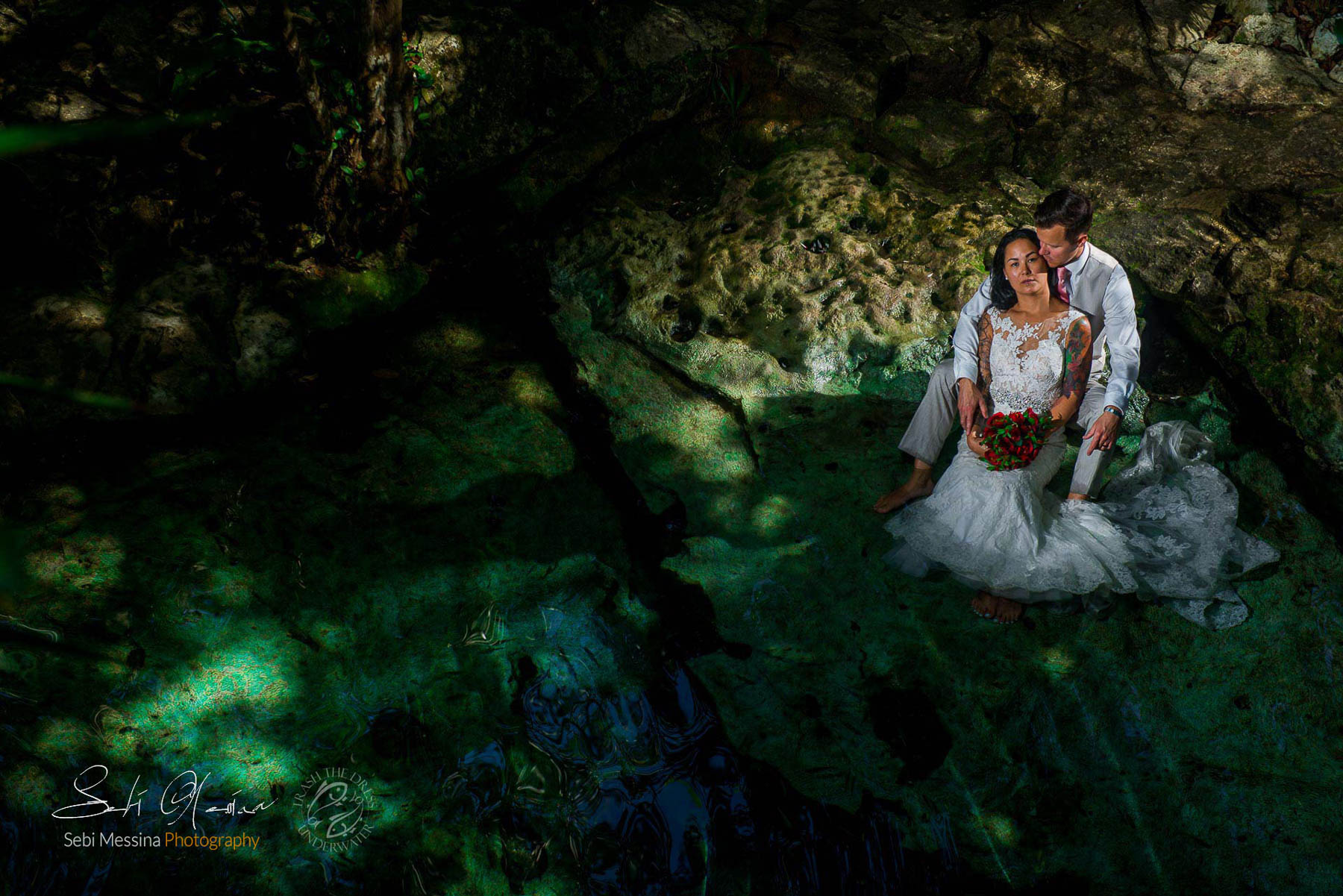 Trash The Dress Tulum
Trash The Dress Tulum
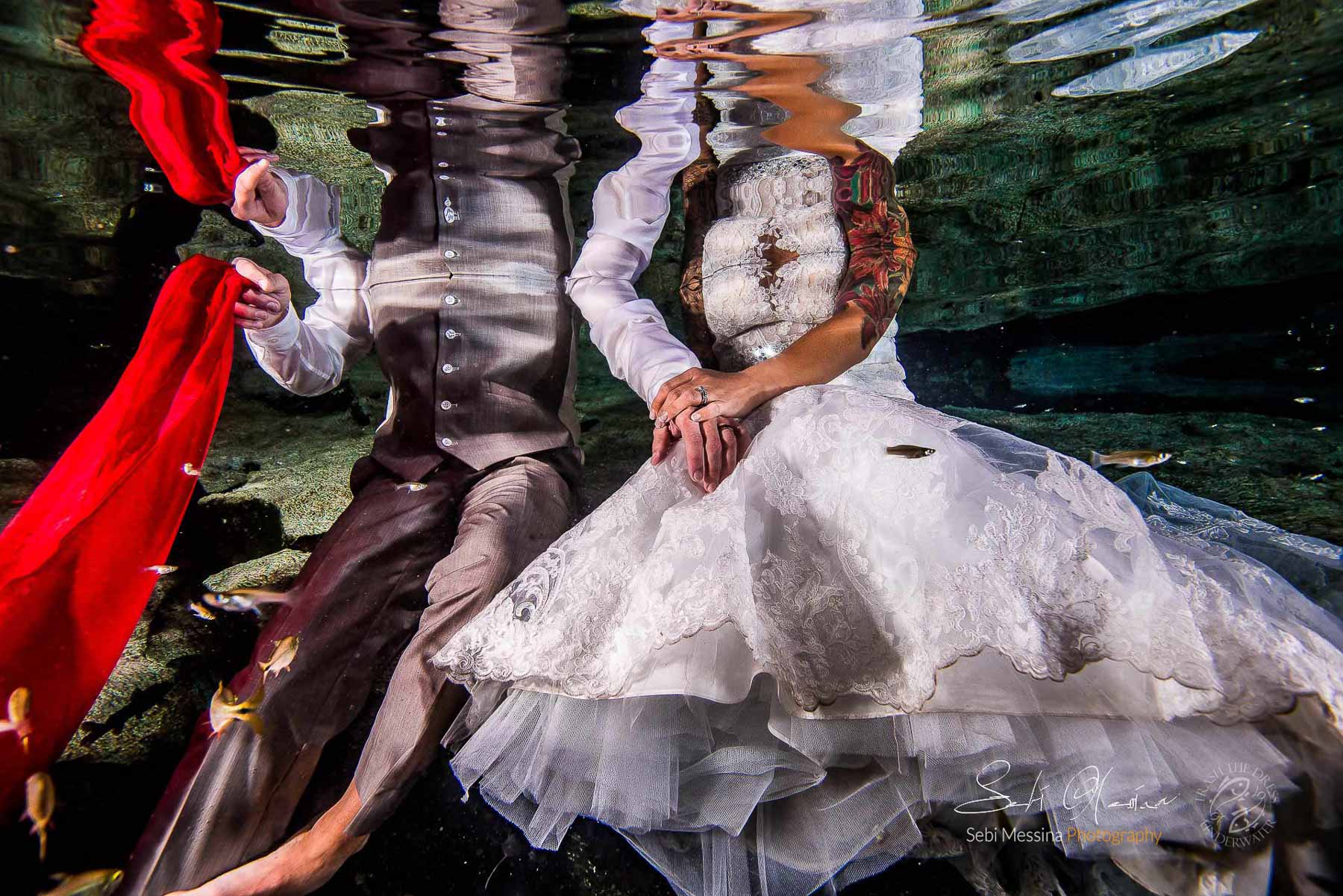 Underwater Trash The Dress Tulum
Underwater Trash The Dress Tulum
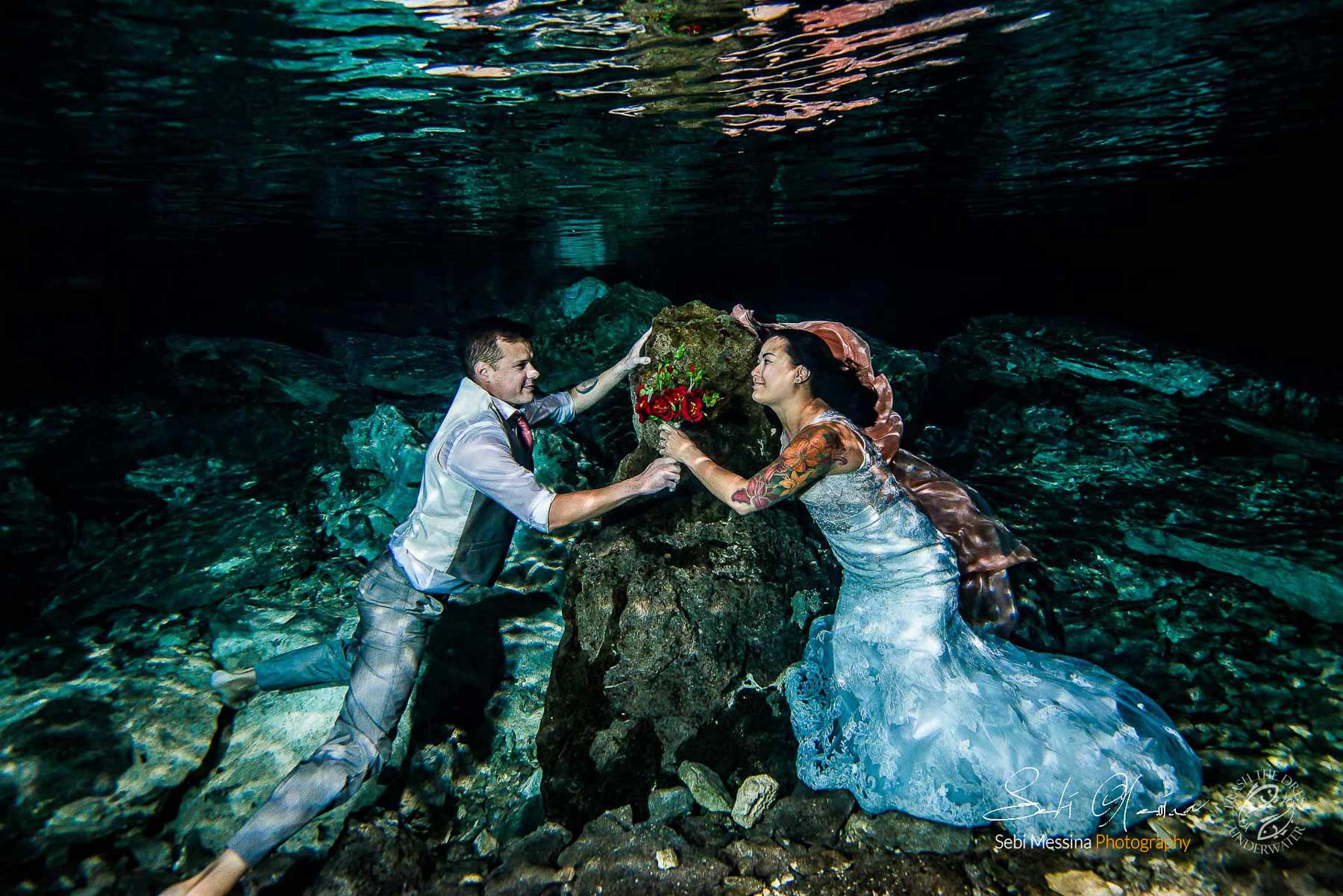
 Underwater Trash The Dress Tulum
Underwater Trash The Dress Tulum
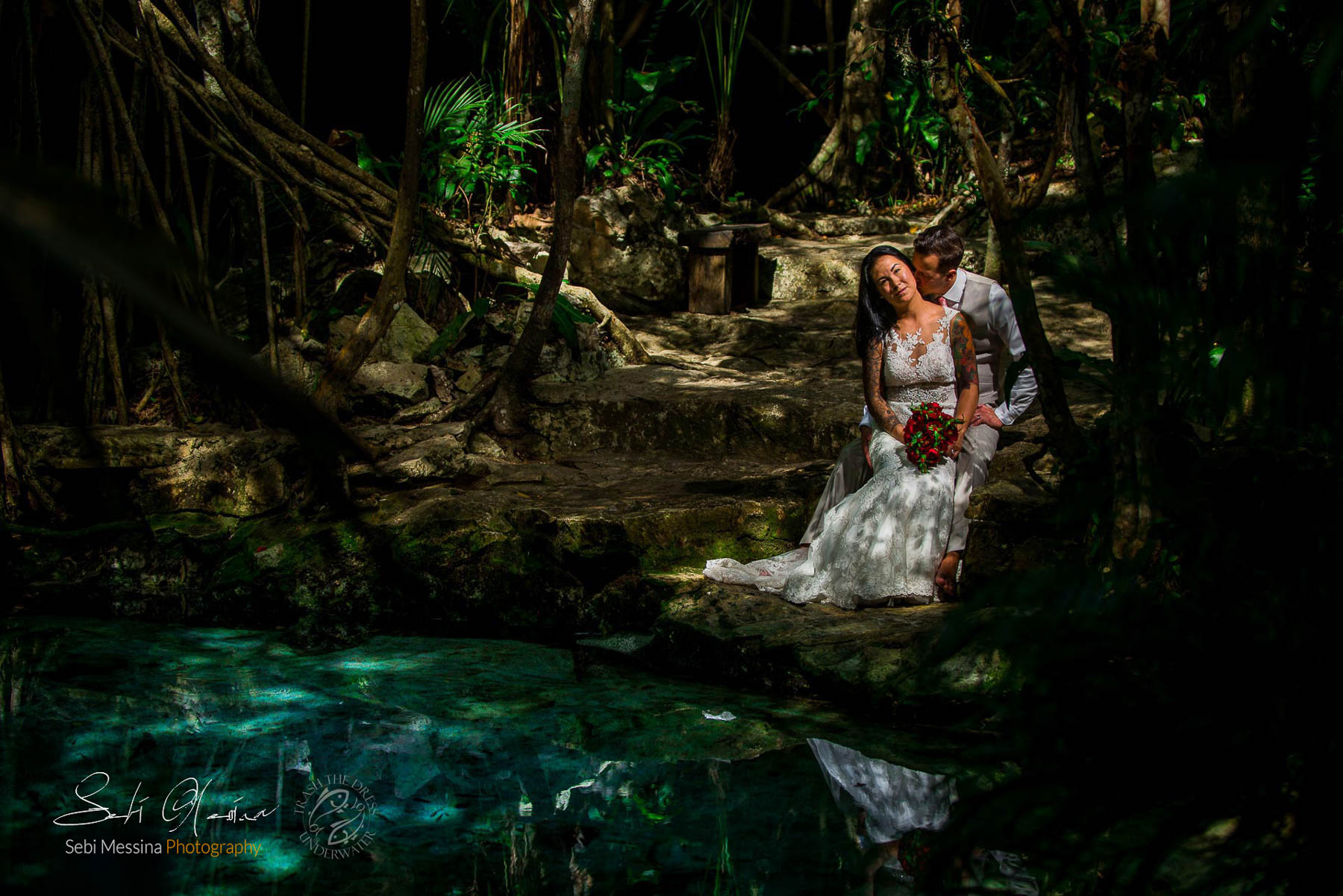 Trash The Dress Tulum
Trash The Dress Tulum
 Underwater Trash The Dress Tulum
Underwater Trash The Dress Tulum
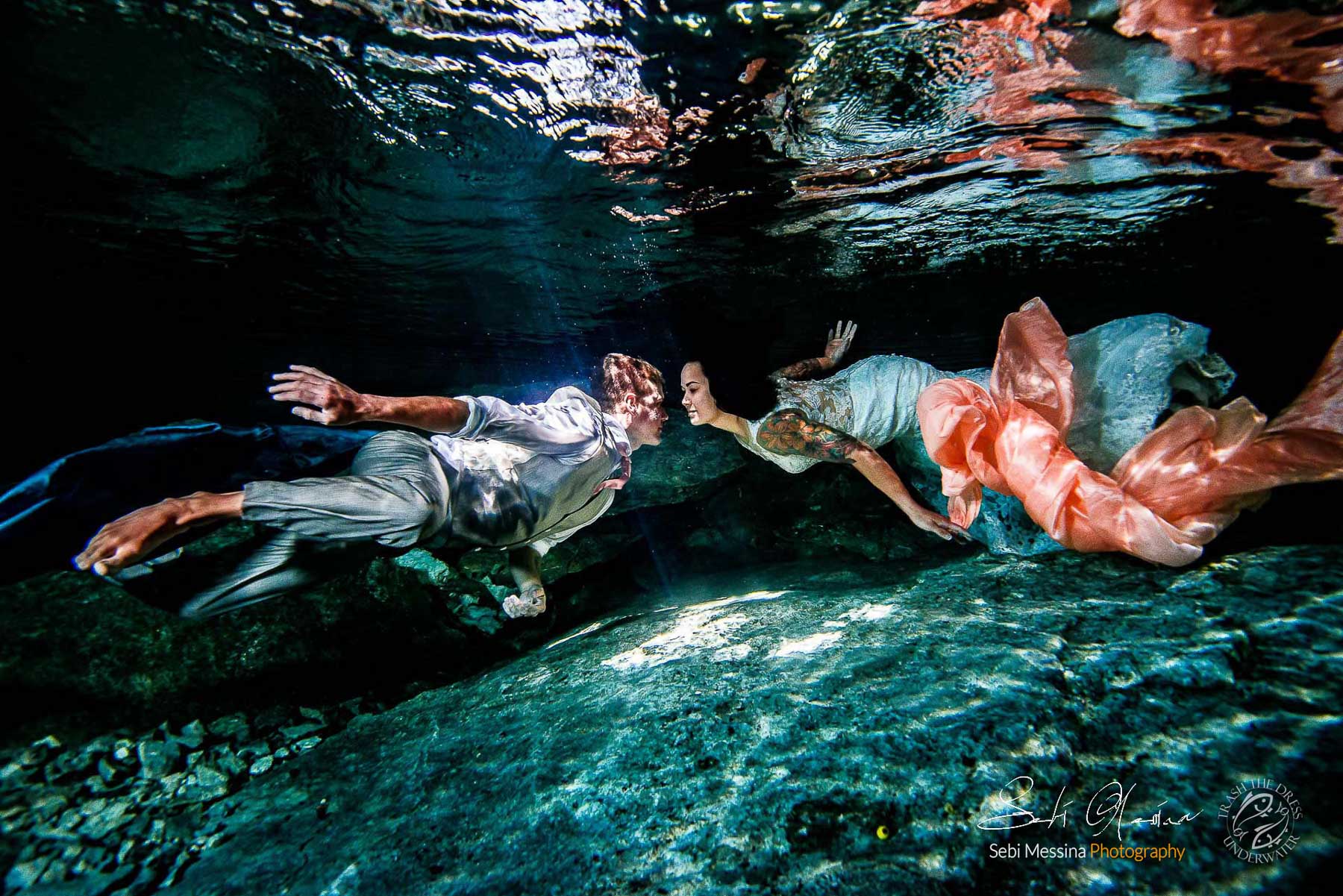 Trash The Dress Tulum
Trash The Dress Tulum
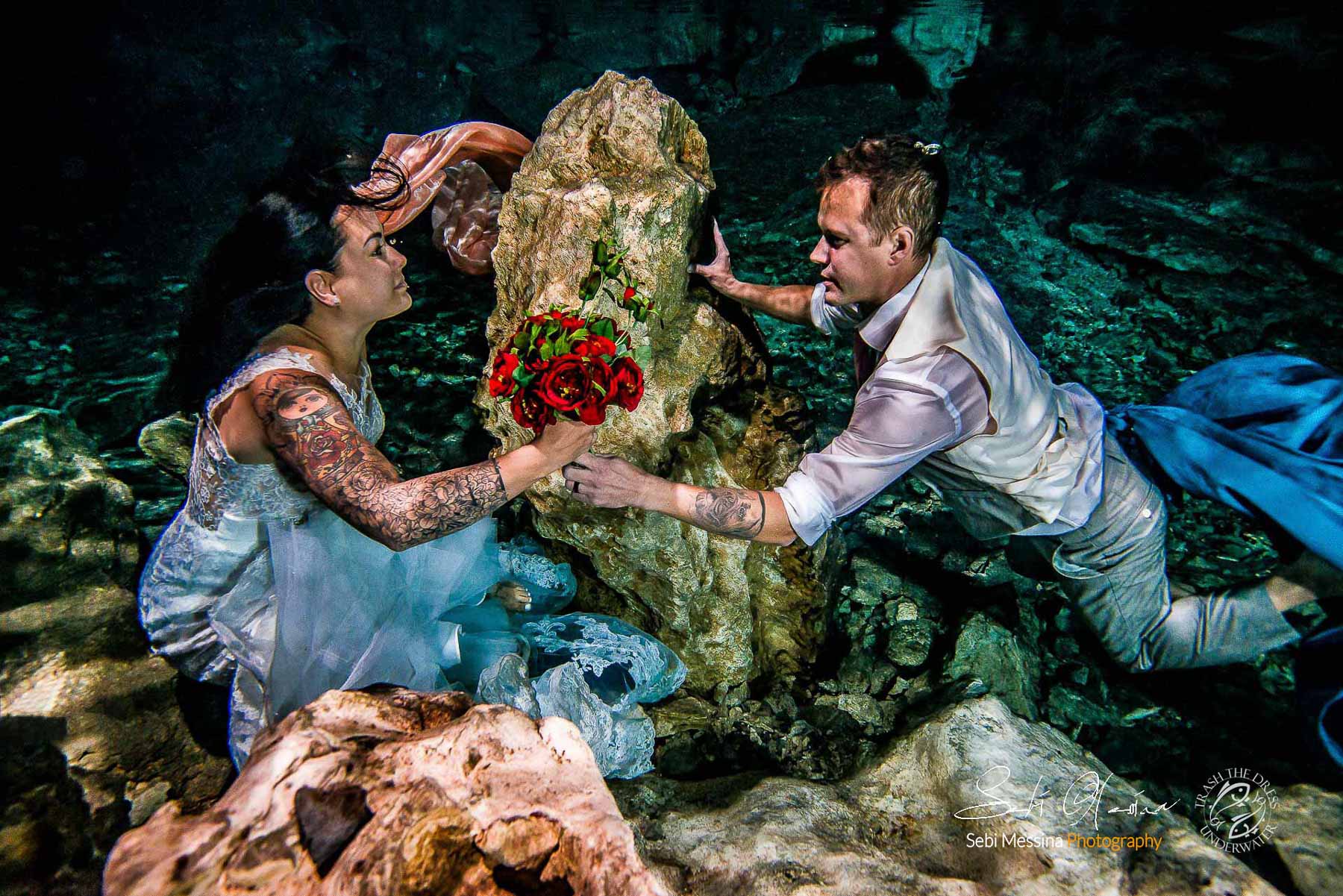 Underwater Trash The Dress Tulum
Underwater Trash The Dress Tulum
 Trash The Dress Tulum
Trash The Dress Tulum
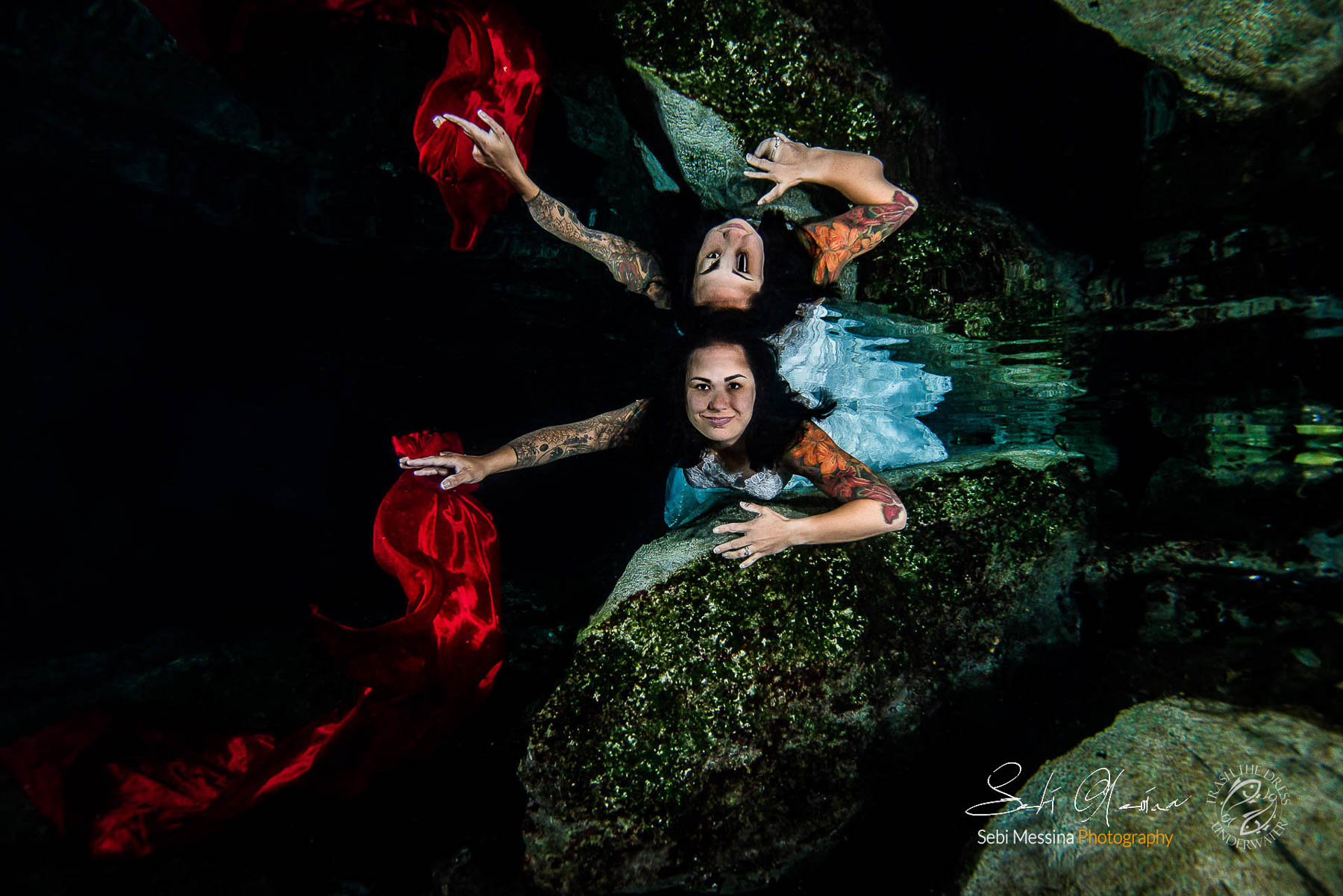 Underwater Trash The Dress Tulum
Underwater Trash The Dress Tulum
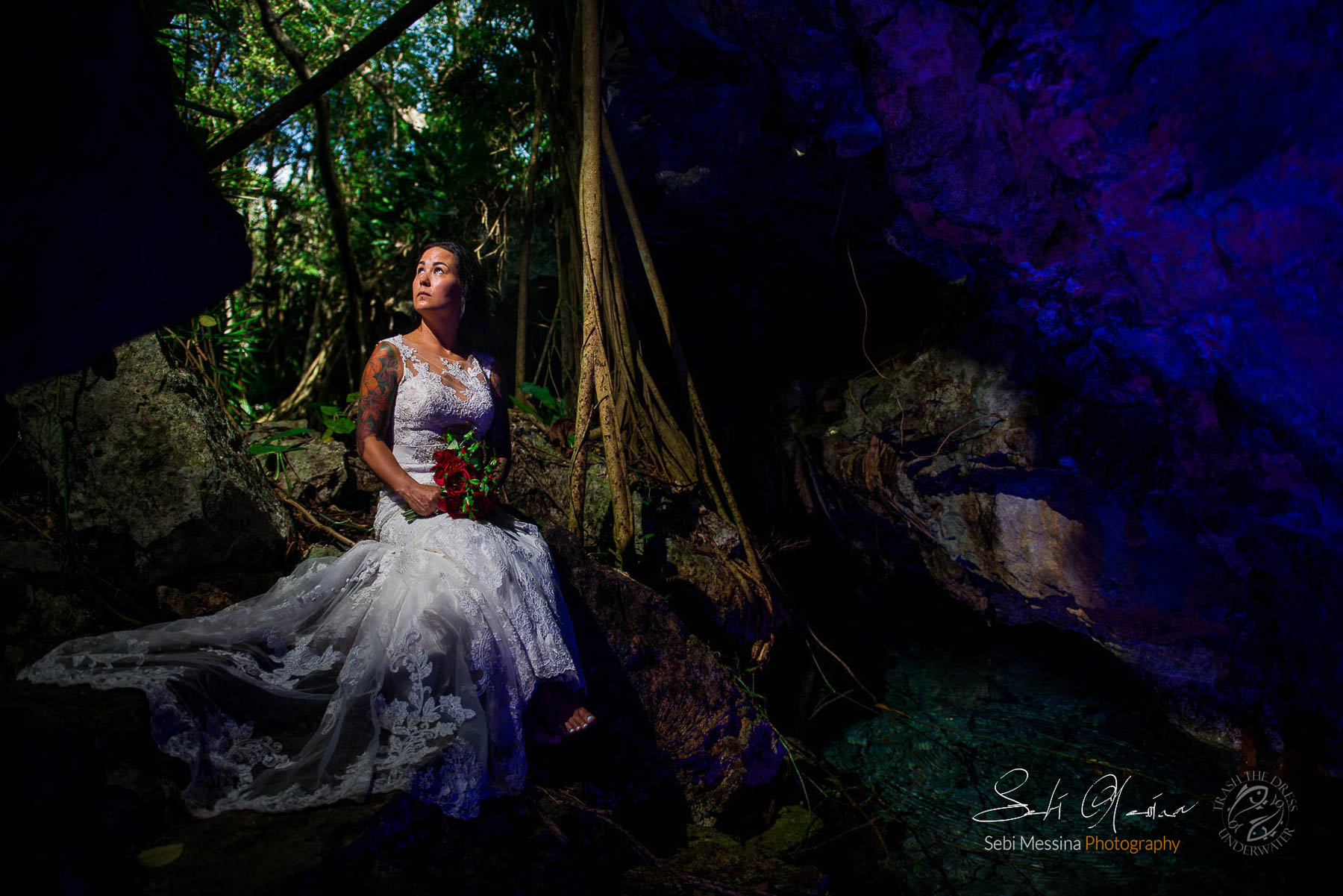
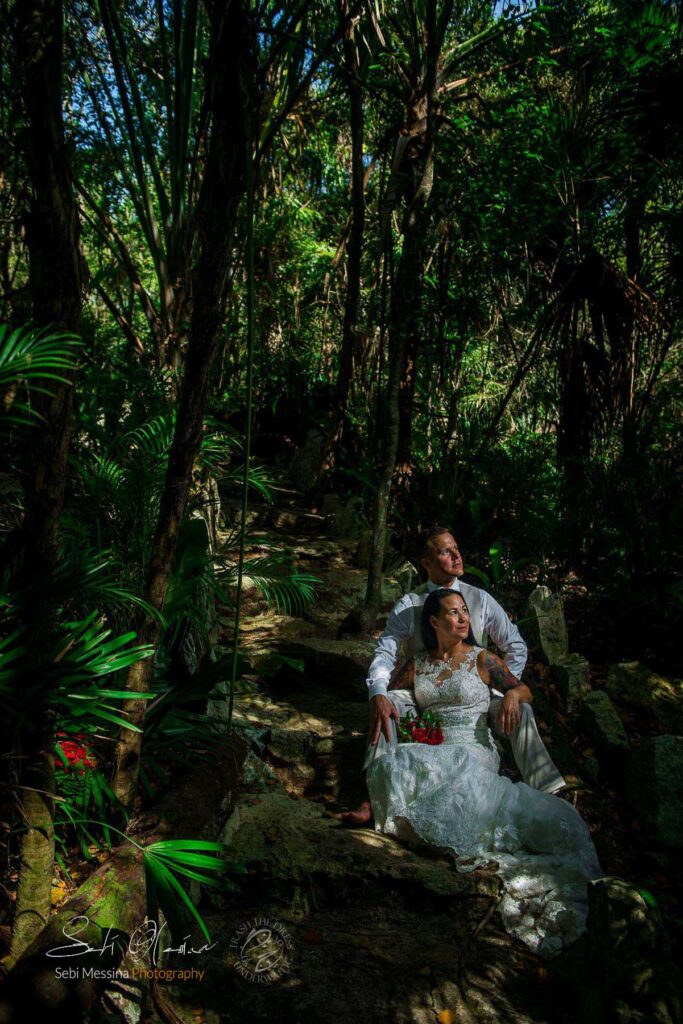 Underwater Trash The Dress Tulum
Underwater Trash The Dress Tulum
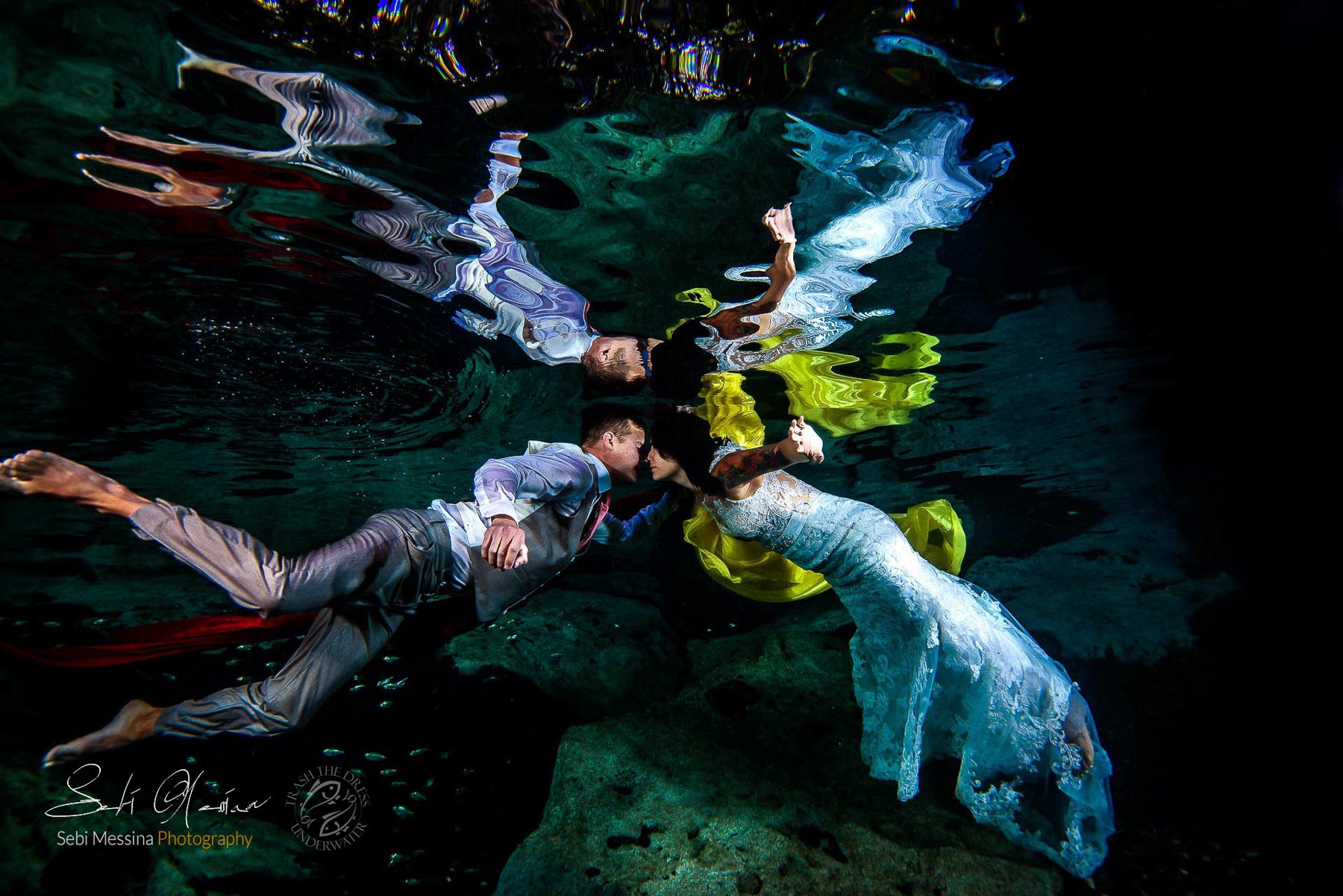 Trash The Dress Tulum
Trash The Dress Tulum
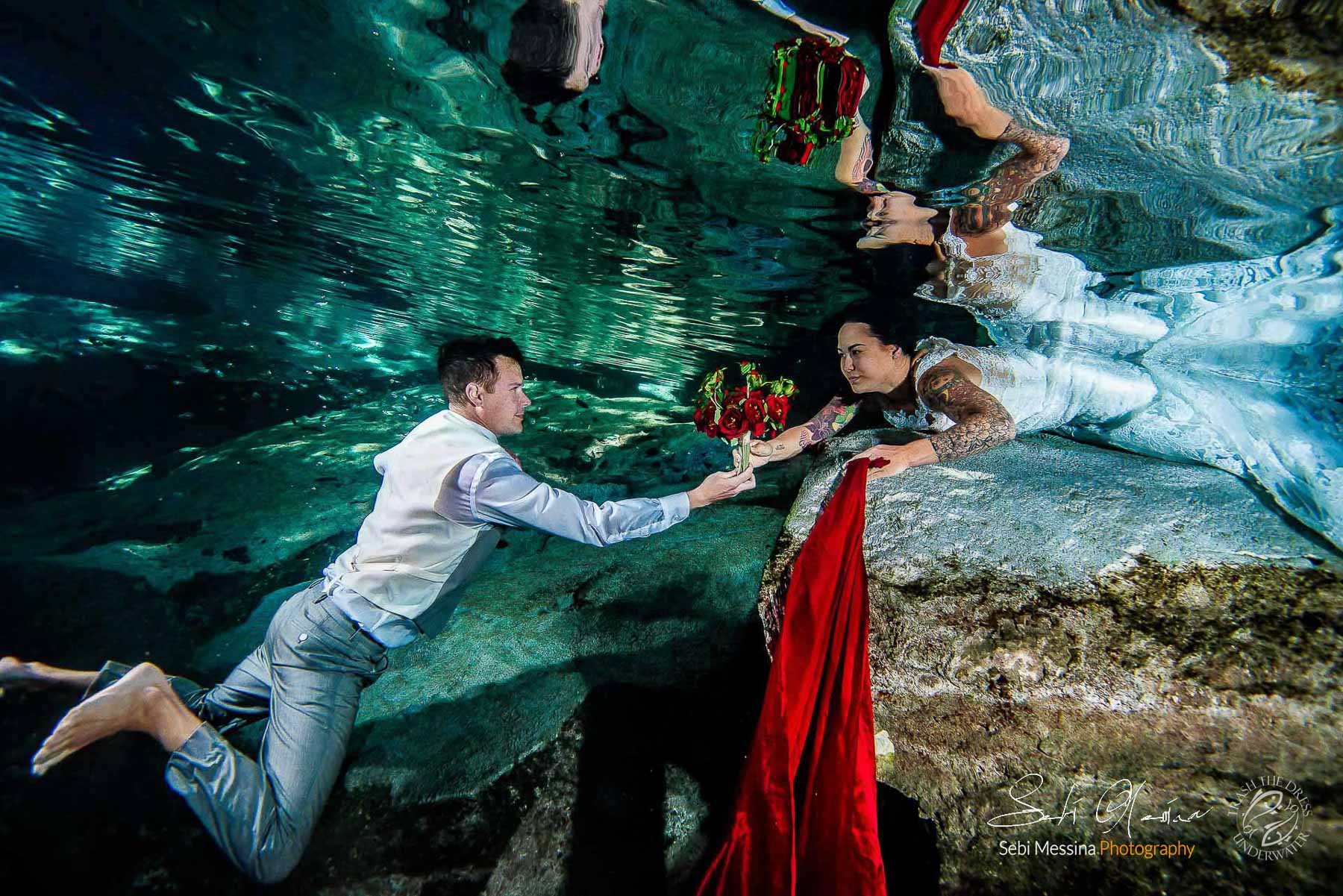 Underwater Trash The Dress Tulum
Underwater Trash The Dress Tulum
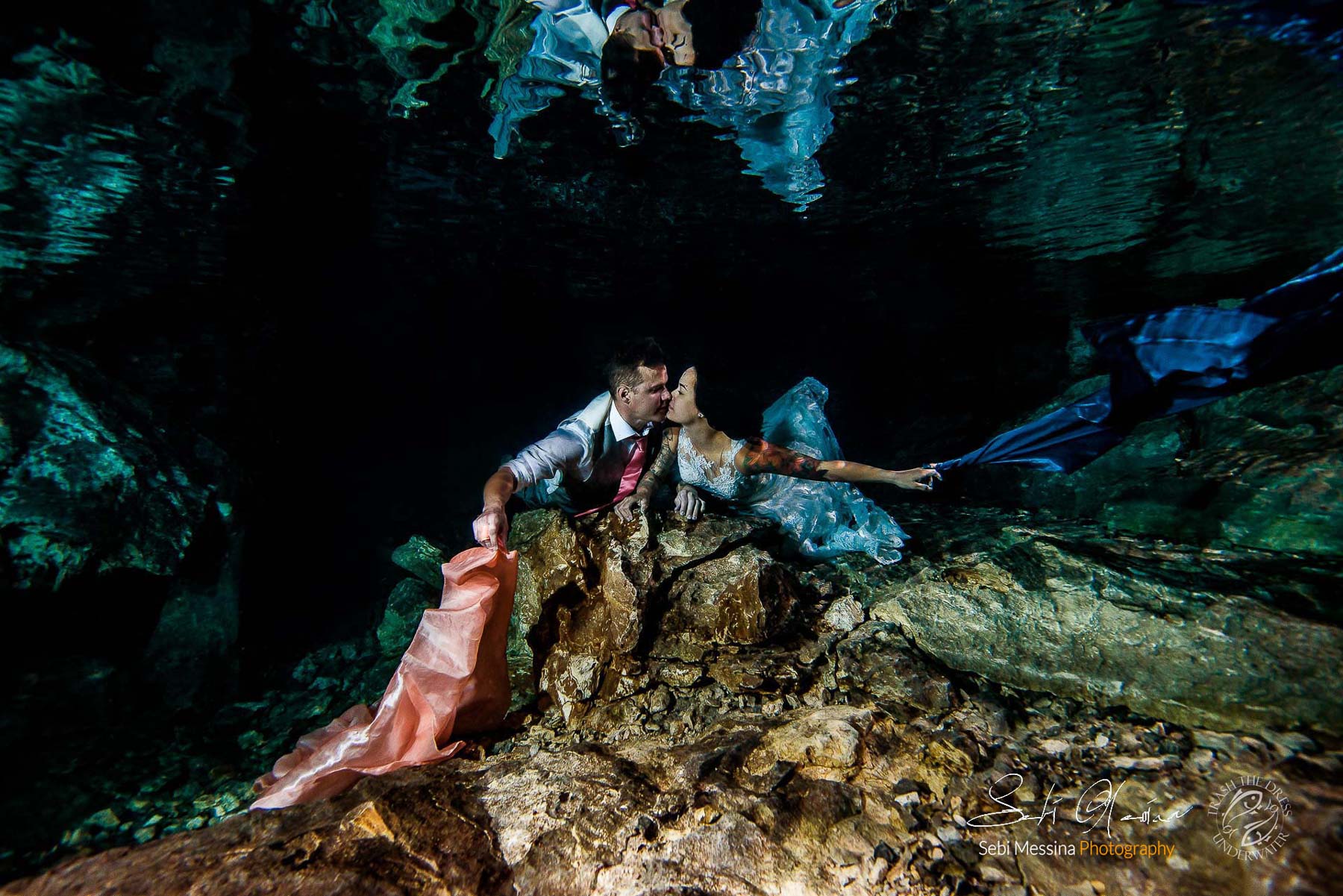 Trash The Dress Tulum
Trash The Dress Tulum
Anyone who has never come to Mexico has probably never heard of cenotes. And if you enter the word “cenote” in Wikipedia, the main definition you will find is “sinkhole”. The term is strictly geological and is often unknown to most people. Anyone wishing to know more will click on the link and find a page dedicated to sinkholes, full of explanations and illustrations.
Moved by the mistaken belief that sinkholes were mainly a peculiarity of Mexico, we tried to see if this was the case. Wikipedia has once again proved to be the best tool for finding the information we were looking for.
In fact, there is a page providing the list of sinkholes scattered around the world. With great surprise, we found many more than we thought.
Sinkholes exist in at least 15 different countries: Australia, Brazil, China, Croatia, Cuba, Czech Republic, Dominican Republic, Germany, Italy, Mexico, Namibia, South Africa, Turkey, United States and Venezuela. For each nation, there is a list, and the longest refers to the United States, which has more than thirty sinkholes. Oddly enough, the Mexico list only mentions eight, which leads us to think that the information we have found is incomplete.
We haven’t checked all the listed sinkholes one by one, but, with a few exceptions, we mostly found holes in the ground, albeit huge, ponds and caves. Mind you, fascinating places and some even amazing, but not comparable to cenotes.
For this reason, considering cenotes only as sinkholes is very reductive.
As proof of this, there is also their number. In the Yucatan peninsula, there are more than 6000 cenotes!
Such a large number also explains their morphological variety. Some are, for example, huge open-air wells (think of the Sacred Cenote of Chichen Itza). Others are apparently tiny, but after entering through some small passages in the ground, you will get into a fantastic cave with stalactites and stalagmites, as beautiful as in a story by Jules Verne. Very often, the roots of the trees above come down from the roof of the cave. Some are simple filaments; others are strange formations in the shape of an elephant’s foot.
So what makes cenotes different from most sinkholes in other parts of the world? At least two elements! The karst conformation of the entire Yucatan peninsula and the enormous amount of underground water.
Yucatan has a web of connected underground waterways. And the formation of a cenote occurs due to the rock’s erosion, both on the surface and underground, which ends up causing collapses. The continuous flow of water guarantees its incredible purity and transparency almost everywhere.
Cenotes are part of the culture of the local populations. The Maya used them both as sources of water and as a place for the celebration of religious rites and human sacrifices.
The use of cenotes in the tourism industry is recent instead. It began no more than 25 years ago. In the beginning, the most practised activity was cave-diving. With an instructor’s guidance, you can dive and then re-emerge in some another cenote after passing through beautiful tunnels. The sunbeams that occasionally pass through the cenote are a sight that will be remembered for a lifetime.
In the last years, less demanding activities have been added to cave diving. Today, spending half a day swimming in such a magnificent place is an experience within everyone’s reach.
Often, cenotes belong to private individuals.
A couple of months ago, we happened to have a chat with the owner of one of the cenotes we know best. He was a gentleman in his 50s, very simply dressed, who lives with his wife in a modest hut and sleeps in a hammock. On the patio, he has a fireplace with a pot hanging over it. His first language is, of course, Maya, but his Spanish is decent.
He told us that his father started buying the land around the cenote forty years ago, one piece at a time. It was all forest then, the cave-divers were not there yet, and neither were the tourists. Year after year, he made a small parking lot, bathrooms, steps and a path that leads from the national road to the cenote. Then he made a platform and a tiny refreshment point, nothing too touristy, but very discreet indeed. His brothers and nephews helped him, and the management is, in fact, in his family’s hands.
For some years now, in his and other cenotes, photographers arrange photoshoots in the lush vegetation around the water. Someone organizes Mayan style weddings, others Underwater Modeling, Maternity photoshoots, and the famous Underwater TrashThe Dress, which is the enchanting variation of the Trash The Dress fashion, started about twenty years ago.
The most beautiful cenotes for Underwater Photography are located just south of Playa Del Carmen, about twenty minutes north of Tulum. There are many others in the area south of Cancun too, but we chose the Tulum area for our Trash the Dress cenote sessions after visiting almost all of them.
The large tourist flows initially concentrated in the Cancun area moved south along the Riviera Maya. It reached first Puerto Morelos, then Playa del Carmen, which was only a small fishing village thirty years ago.
Tulum at the time was important “only” for the archaeological site, with its wonderful temple overlooking the sea. We have no memories of many accommodation facilities.
Then, year by year, it has been transformed into a renowned destination for ecological tourism.
Small luxury hotels, in wooden huts, with beds hanging from the roof, have been built.
When we went, at 10:00 PM, they cut off the electricity. They said it was time to listen to the noises of the night, the lapping of the water on the shore, and the cry of some nocturnal animal.
Today the tourist offer of Tulum has expanded, and there are currently more than 300 accommodation facilities; many are Airbnb, all aimed at a chic tourism market segment. There will also be an airport soon.
As we said, the most beautiful cenotes are located in that area, like this one you can see in these photos. Jesse and Jessie were just perfect…
——————
- More information about Underwater Trash The Dress
- For a better understating, watch our YouTube channel, please. You will find some “The making of” videos.
- More information about Underwater Modelling
- More information about our Weddings
- More reviews on Testimonials
- More About us
- You can also drop us a line via the “Get a Quote”
- Homepage
- And don’t forget to follow us on Instagram and Facebook






